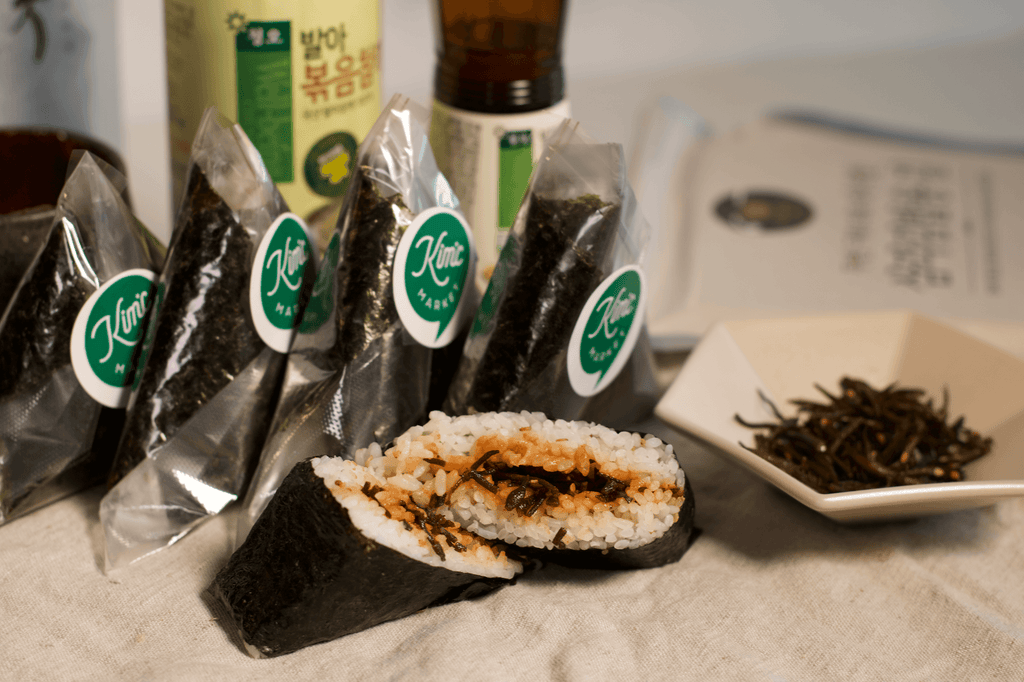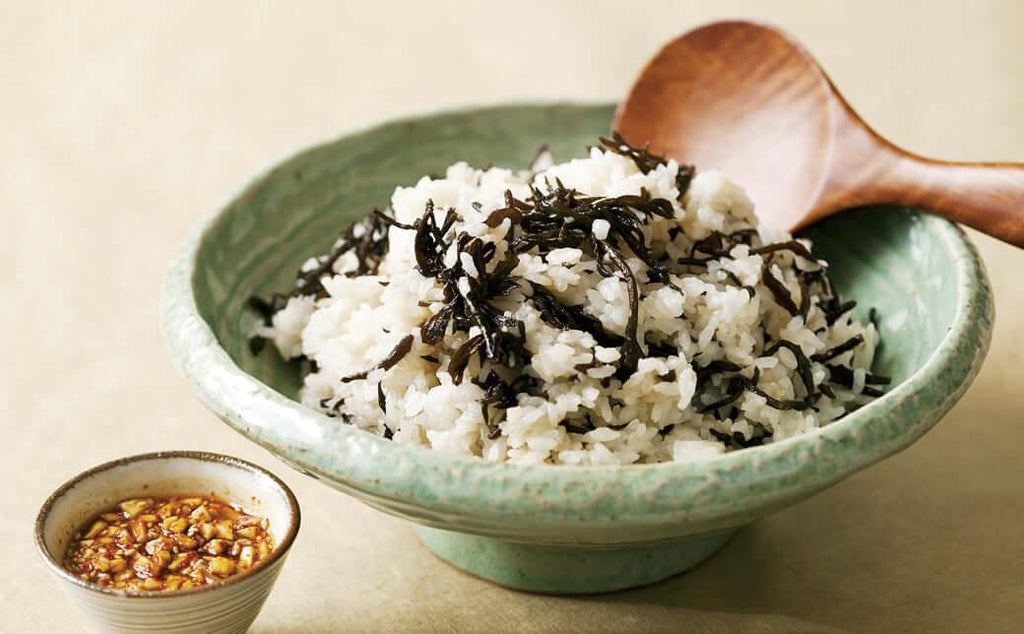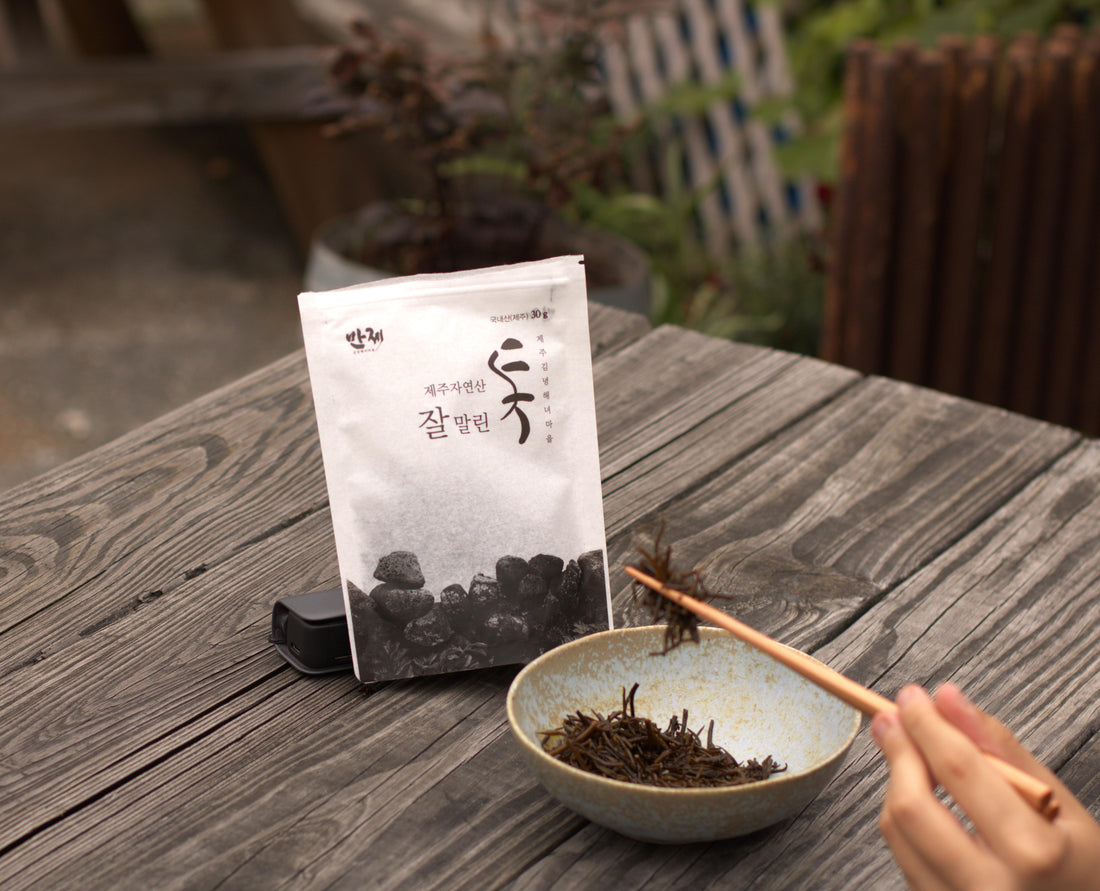A great alternative to seaweed, hijiki deserves a place in the spotlight too.
Everyone’s heard of seaweed and how it serves as a great addition to any dish or how delicious of a snack it can be. But unfortunately, hijiki, which can be seen as seaweed’s close cousin, is not as well-known. Not only is it just as delicious as seaweed, it has proven health benefits that make hijiki such a great addition to everything!
What is Hijiki ?
Hijiki, also known as tot (톳) in Korean, is a brown, wild seaweed that is commonly found on the coastlines around Japan, Korea and China. Although it may not be as common in the United States, it is often found in Japanese and Korean dishes and has been consumed for centuries in those respective countries.
When harvested, it is a naturally brownish green color and is often dried before it is ready to be consumed. When dried, the once brown hijiki turns black and drastically reduces in size, resembling dried tea leaves. Before consumption, it is recommended that you reconstitute the dried hijiki in either room temperature or boiling water.
What Makes it so Healthy?
Along with its other seaweed cousins, hijiki seaweed is known for its health benefits. First off, hijiki is very high in fiber, making it a perfect addition to any meal. It also contains large amounts of essential vitamins and minerals, such as vitamin K, iron, calcium, iodine and magnesium. The high fiber content of the hijiki improves your digestive health and along its low calorie content, keeps your cholesterol levels in check.
What Should you Know about Hijiki?
You know the saying: too much of anything can be bad for you— this applies to hijiki as well. Hijiki, because of its high vitamin and mineral content, is good in moderation, but can potentially start to be harmful to your body if you consume more than the recommended amount.
Research has also shown that hijiki may contain inorganic arsenic, which is harmful for the body. However, don’t worry! Hijiki, in moderation, contains arsenic levels that are too low to be harmful to your body. The Ministry of Health, Labour and Welfare in Japan has released a statement regarding the dangers of eating hijiki and has stated that eating less than 5g per day or in moderation will not exceed the tolerable weekly intake of arsenic.
How can you use our Jeju Haenyeo Hijiki (Tot)?

(Photo credit: Ed Jones/Getty Images)
Our Jeju Hijiki, handpicked by the brave cohort of haenyeo (해녀) located in Jeju Island, Korea, can be used in a variety of ways! It comes dried, like most seaweed products out there, and all you have to do is rehydrate it, either in boiling water or room temperature water for five to ten minutes. Afterwards, you could do whatever you would like with it, whether it be mixing it with your favorite dressing, a little bit of soy sauce or simply cooking with your rice!
Our favorite ways to use hijiki are:
Tangy Hijiki Salad

Toss the prepared hijiki with some soy sauce, our Jeju Tangerine Balsamic vinaigrette and a drizzle of sesame oil. Top with sesame seeds and enjoy! Good over rice or lettuce or even on its own!
Hijiki Filled Rice Balls

Called 삼각김밥 in Korean (aka Triangle Rice Balls), these are super easy to make and perfect for picnics or even as a great snack! We mixed our hijiki with some gochujang, soy sauce and a drizzle of sesame oil and it was delicious!
Hijiki Rice

Cook your rice with hijiki! Add some hijiki to your washed rice and cook together to make healthy and flavorful rice!
Find Jeju Hijiki (on sale now!) here on kimcmarket.com.
Keywords: South Korea, Korean food, Korean recipe, fried rice, hijiki


